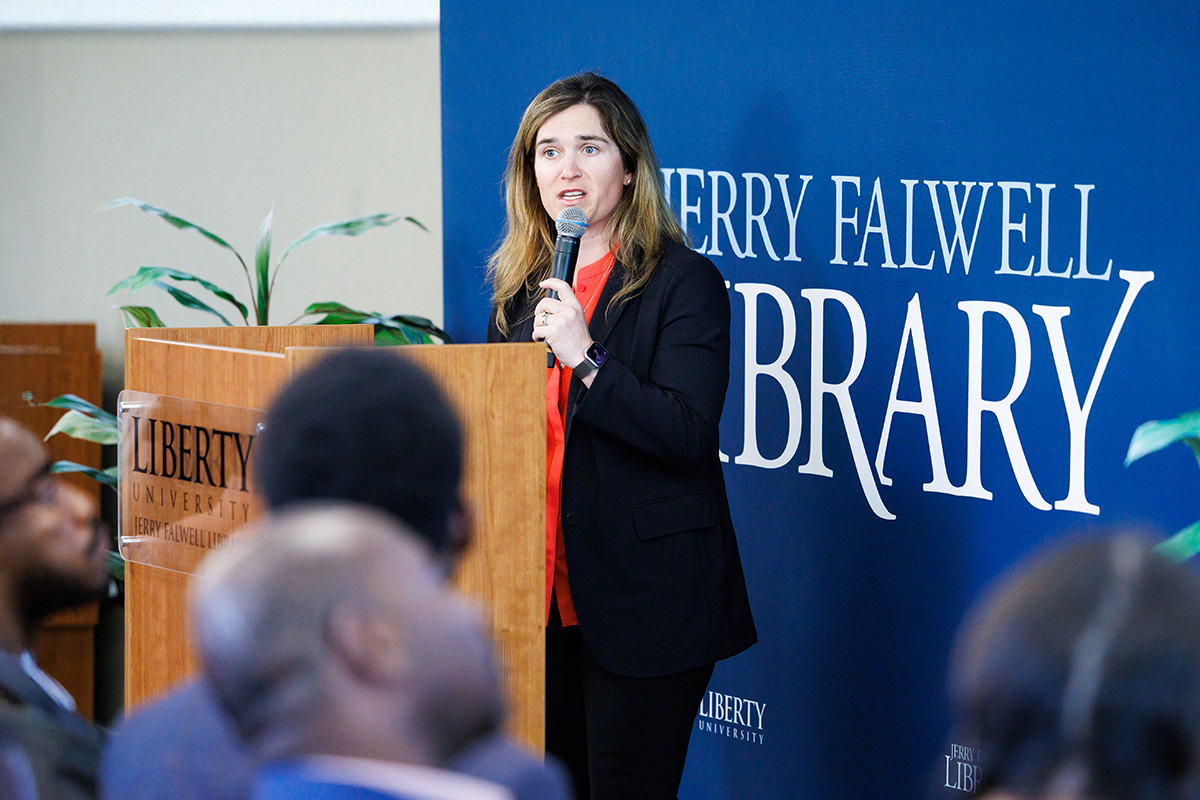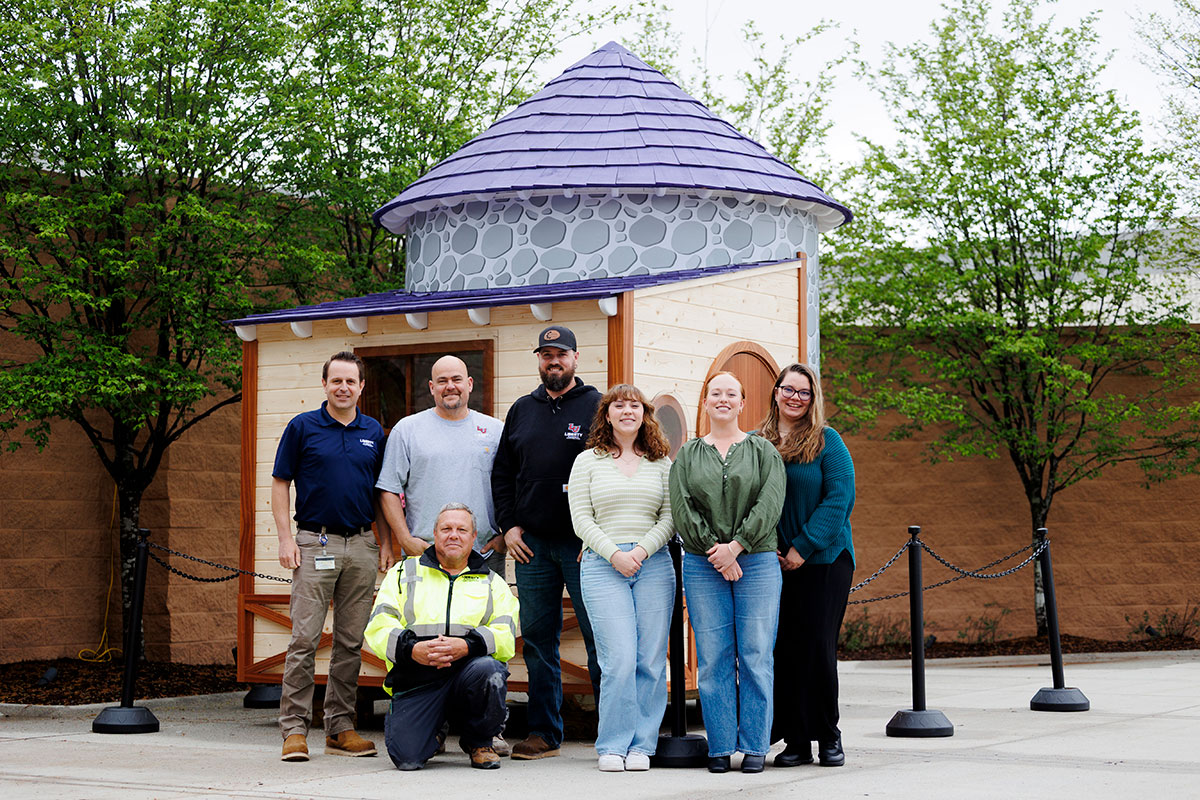Search News Archives
Filter News Articles
Additional Navigation
School of Aeronautics granted FAA examining authority to issue instrument rating certification
June 17, 2024 : By Ted Allen - Office of Communications & Public Engagement
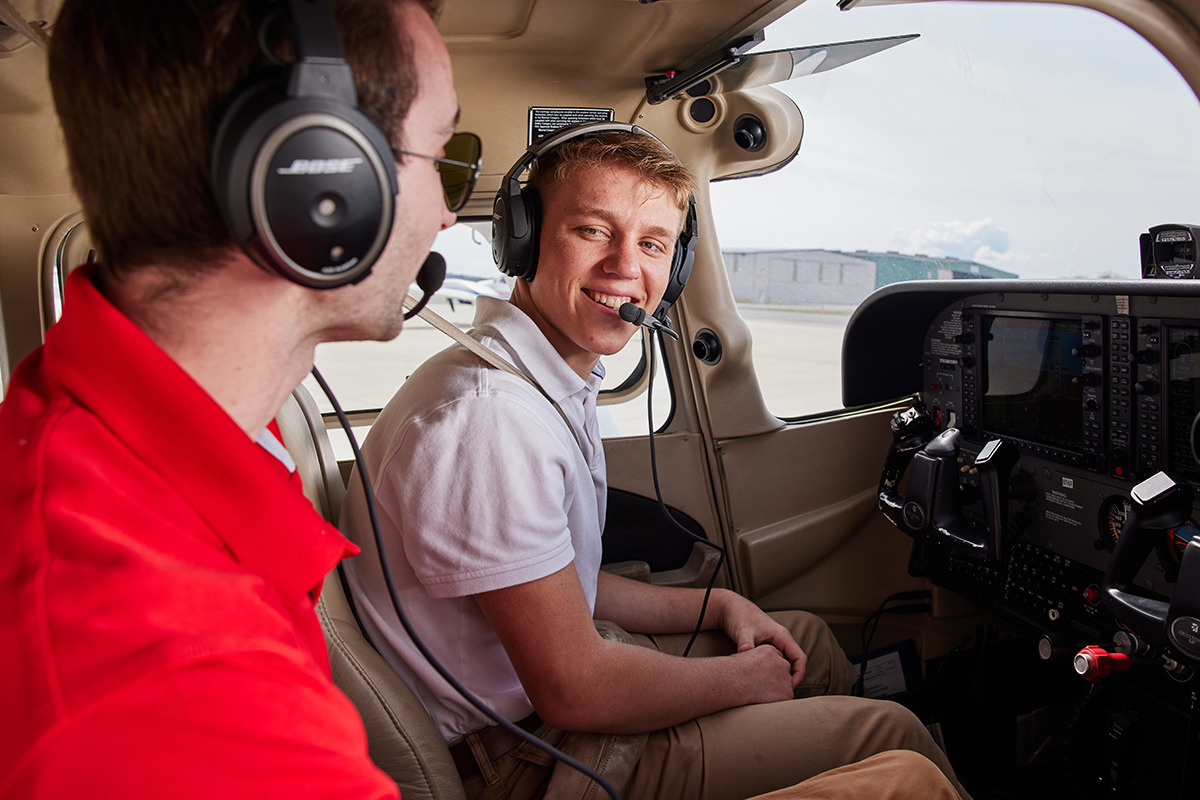
Starting this summer, Liberty University’s School of Aeronautics offers more pathways for students to earn their instrument rating. The Federal Aviation Administration recently granted examining authority to the school, meaning students will earn their FAA instrument rating after completing all FAA-approved Training Course Outline requirements, eliminating the need for a checkride with a Designated Pilot Examiner.
Instrument training prepares pilots to fly in limited visibility conditions solely by referencing their flight instruments in the aircraft. This training is one of three core phases of flight training offered by the school, along with private pilot and commercial pilot training. After the completion of commercial pilot certification, many go on to complete multiengine and flight instruction certification.
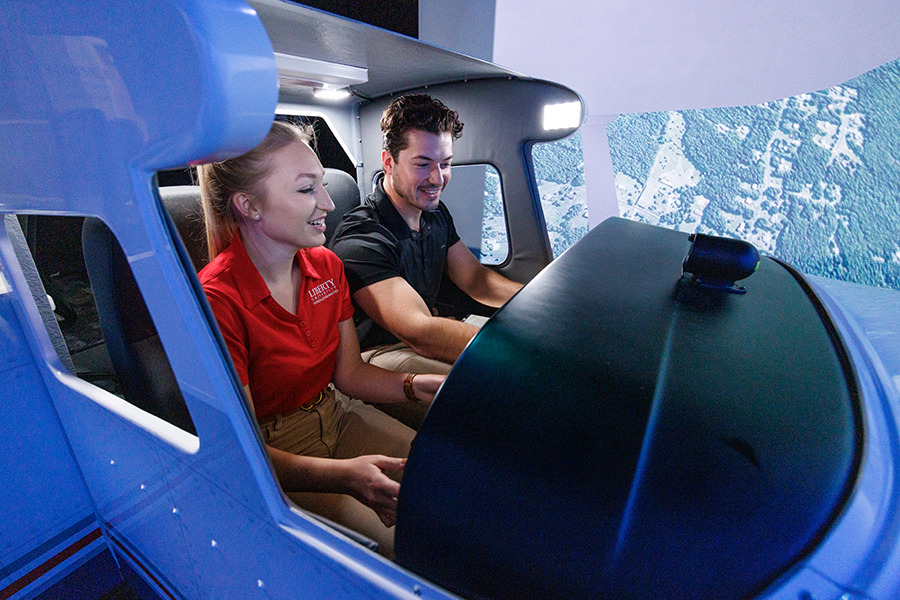
“It is a huge step for the program,” said LUSOA Director of Flight Training Tim Chaverri (’15), noting that the status will streamline the certification process, avoiding lengthy waits for Designated Pilot Examiner (DPE) availability. “Now, instead of having to go outside of our organization to get our students instrument-certified through tests scheduled with DPEs from around Virginia and North Carolina, this will allow us the ability to do this on our own. Not only do we save the time needed to travel, but it will cut down on costs and communication.”
Liberty SOA Senior Executive Director for Training Operations Jerry Wangberg said in order to earn instrument examining authority, a flight training program must attain above a 90-percent first-time pass rate for students on FAA Designated Pilot Examiner administered evaluations over a two-year period.
“This is a team win as our training and operations leadership, instructors, and students need to consistently perform at an excellent level to earn the trust and confidence required to be granted this privilege by the FAA,” he said.
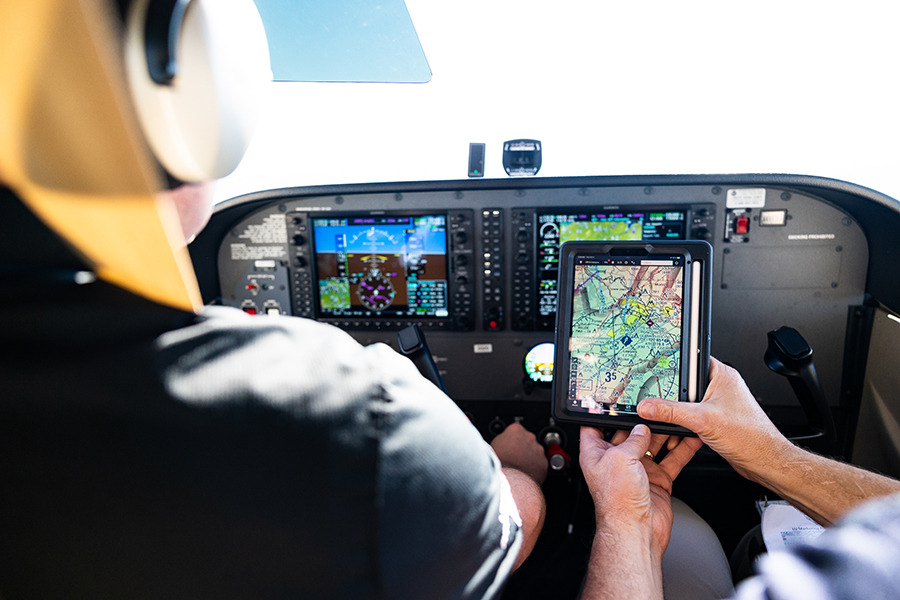
Liberty typically has 45 students enrolled in the instrument rating course each semester. The School of Aeronautics has an overall enrollment that is growing between 10-12 percent every year as the demand for pilots increases and airlines hire more commercial/corporate graduates straight out of flight school.
Chaverri said Executive Director of Training and Innovation Dr. Jonny Hewitt (’14), who previously served as director of flight training, and Instrument Course Chief Instructor Austin Freier (’19) continued the work of their predecessors to significantly contribute to the school earning the FAA examining authority.
“What’s really cool is that the FAA trusts our program enough to actually do those tests,” Chaverri said. “They see that the quality we have is high enough to go through that entire process from beginning to end and receive an instrument rating without needing an external component.”
This specialized training could not be accomplished without the use of innovative training technologies.
To enhance student experience and student success, the School of Aeronautics has implemented cutting edge equipment like Electronic Flight Bags (EFBs) — iPads equipped with CloudAhoy, a flight-data monitoring app — to evaluate its student-pilots both in the air and in the simulator, before providing debriefing sessions.
Liberty offers a simulator-intensive instrument flight training program, which allows students to experience limited visibility flight conditions prior to flying in the actual aircraft. The remaining training is completed aboard its fleet of Garmin G1000-equipped Cessna Skyhawk 172S training aircraft, which is due to increase from 24 to 28 in the fall semester with the delivery of four new training aircraft from Textron Aviation.
“All of these are team accomplishments,” Wangberg said. “This is God’s program, and He continues to give us the right gifts and talents to get this job done. The majority of our training and operations leadership team are alumni of our program who are called to equip, mentor, and send Champions for Christ into the aerospace community.”
